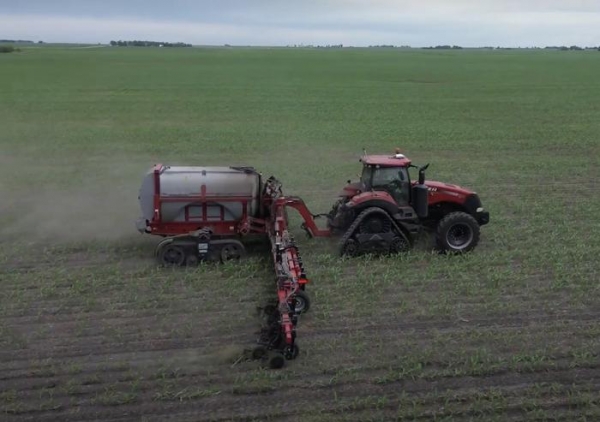The amount of nitrogen fertilizer needed to maximize the profitability of corn production in the Midwest has been increasing by about 1.2% per year for the past three decades, according to new Iowa State University research.
The study, published last month in Nature Communications, analyzed data from prior long- and short-term studies by Iowa State and the University of Illinois to calculate the Corn Belt’s steadily rising optimum nitrogen rates, which researchers had thought were static over time despite year-to-year fluctuations. Authors of the study primarily attributed the increase in optimum nitrogen rates from 1991 to 2021 to increased loss during wetter springs and the nutrient demands of higher yields, which also rose about 1.2% per year over the same time span.
“As much of a surprise as it was to us, it really wasn’t a surprise when you sat down and thought about it,” said study co-author Michael Castellano, agronomy professor and the William T. Frankenberger Professor in Soil Science. “It’s like a bank account. If you pull money out, you need to deposit more money to keep the account going.”
Read more at Iowa State University
Image: A farmer applies nitrogen fertilizer to a corn field in June 2024 in Boone County, Iowa. (Credit: Alex Schaffer/Iowa Soybean Association)
Sci/Tech Agriculture Pollution Top Stories
